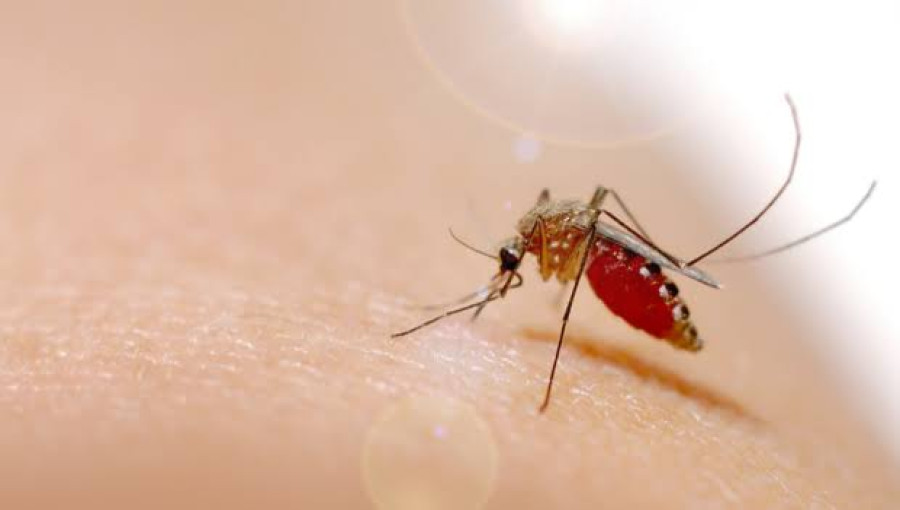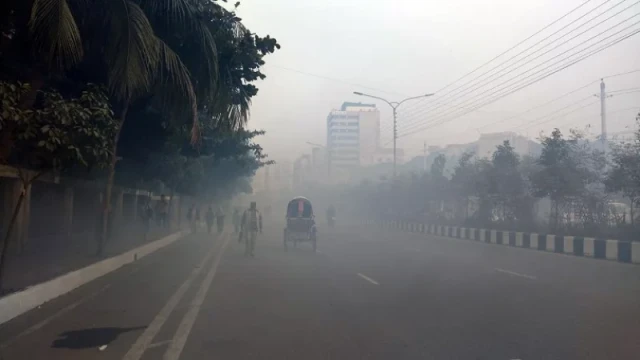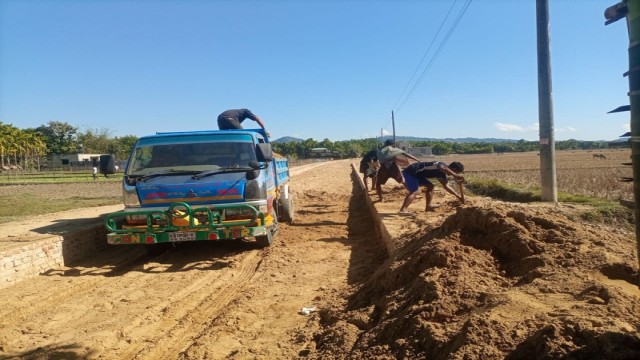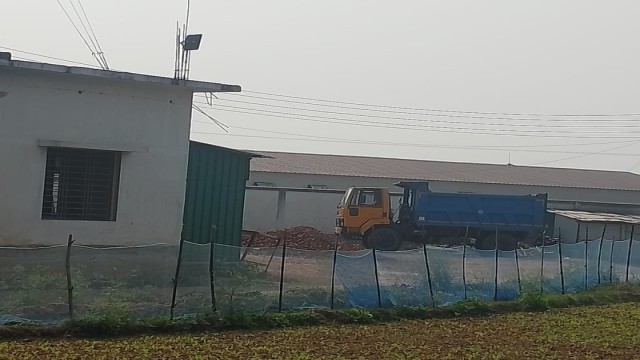Nepal is battling a significant rise in dengue cases, a disease previously rare in the country's higher-altitude regions. Historically confined to the warmer plains, dengue is now seen in cooler mountain areas, with cases recorded even in Solukhumbu, home to Mount Everest. This shift is attributed to climate change and urbanization, which have created favorable breeding conditions for Aedes aegypti mosquitoes at altitudes once considered inhospitable for them.
Dengue cases have skyrocketed from just one in 2004 to over 28,000 this year, with at least 12 fatalities. Experts, like virologist Narayan Gyawali, explain that warmer microclimates from urbanization, combined with altered temperature and rainfall patterns due to climate change, have allowed the mosquitoes to thrive at elevations over 2,500 meters (8,202 feet). This expansion into higher regions marks a concerning trend that has overwhelmed hospitals and health resources, particularly in the capital, Kathmandu, which alone reported more than 4,000 cases.
The World Health Organization (WHO) has highlighted an alarming global surge in dengue, with cases doubling annually since 2021, as warmer temperatures facilitate mosquito survival across previously unaffected areas. With Nepal seeing dengue outbreaks each year since 2021, the disease has shifted from a cyclical to a continuous pattern, posing a sustained public health challenge.
Nepal's Health Ministry notes that the outbreak underscores an "injustice" as countries like Nepal, which contribute minimally to global emissions, disproportionately bear the impacts of climate change. Human Rights Watch’s Meenakshi Ganguly emphasized that wealthy, high-emission nations should assist in combatting climate-induced health crises, including the spread of diseases like dengue, which are now affecting vulnerable populations in developing countries.































Comment: